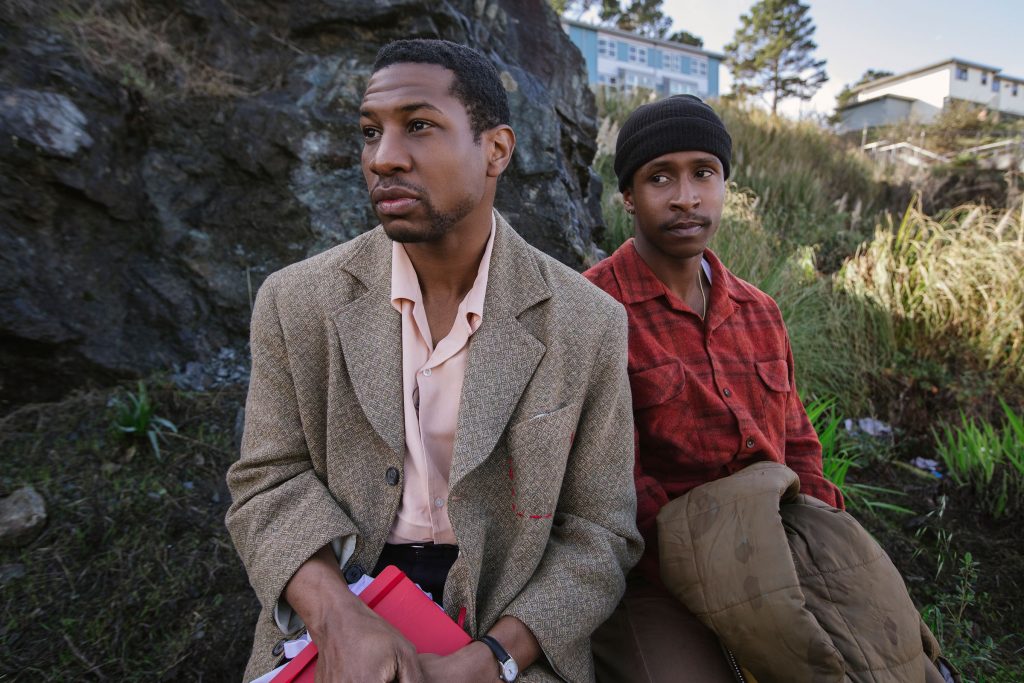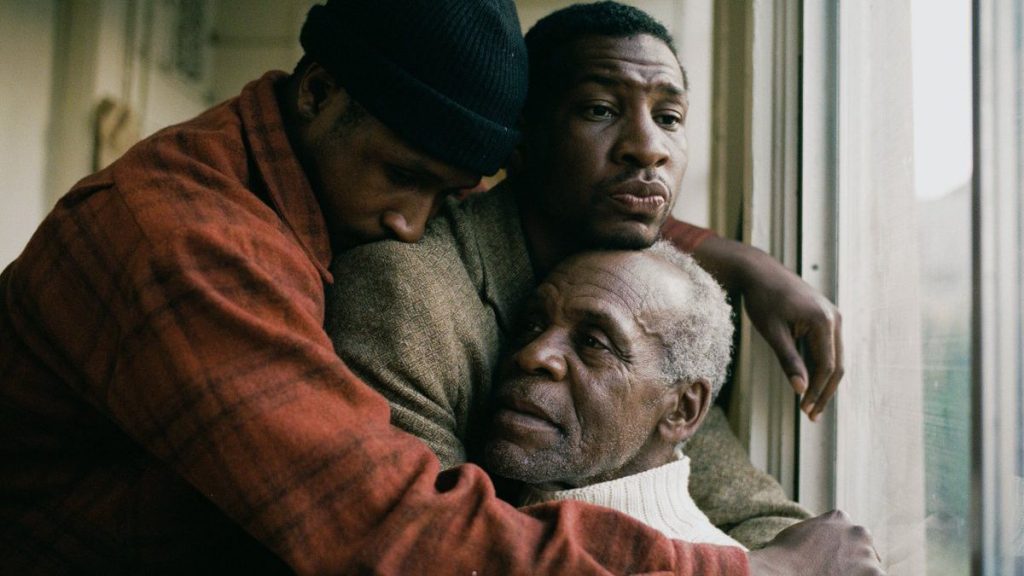The Last Black Man in San Francisco Review
A middle finger to the gentrification of the San Francisco Bay Area told in the most beautiful of ways

This film came out at the beginning of June in the US, but was only released in UK cinemas in the last week of October. I saw early reviews saying this was a top notch film, a potential masterpiece. Everything I had heard about this film was that it was undoubtedly one of the best films of the year, an Oscar contender, and a triumph in film making. My expectations were pretty high and I patiently counted down the days (more like months) for The Last Black Man in San Francisco to come out in the UK. But then there was a massive road block. It wasn’t a wide release film and wouldn’t be shown in the major cinema chains. Alas, I did my research and without further ado, I hopped on a train Sunday morning to venture into central London to watch this in a small-ish cinema with a screening of probably no more than 20 seats. The only seats left being front row, bang in the middle. Was the wait worth it? Was the effort worth it? Were my expectations met? Yes, yes, yes.
This is the sort of film why I love cinema. Before I even give any of my thoughts and delve into the details, I’d urge you strongly to go out and see this film. Whether that means having to find a smaller, independent type of cinema that’s showing it and requires a bit of travel – just do it, please. For me, a great film can either make you feel a wide range of different emotions during your watch or, alternatively, a few specific ones on a deep and profound level. The Last Black Man in San Francisco ticked the box of making me feel different ways at different times, but sometimes at the same time. But, amongst the joy, the laughter, the sadness, the rawness that I experienced, there was an emotion that I don’t recall having from watching many movies before – gratefulness. Not about myself or my life, but rather that this film has been made and that it did something new.
The Last Black Man in San Francisco, revolves around Jimmie Fails – a young man, who is obsessed by the idea of maintaining the family home, in a rather posh part of San Francisco, which his grandfather built himself. The only problem for Jimmie, however, is that the family don’t actually live there anymore. A middle-aged white couple are now its occupants, but Jimmie laments the way they’ve maintained the house, and every now and then, him and his best friend, Mont, go and fix it up while the couple aren’t in. Since watching the film and doing some further research, I’m shocked to discover that Jimmie Fails is played by none other than Jimmie Fails – and this is in fact a semi-autobiographical account.
Joe Talbot’s direction and script tackle gentrification and the notion of displacement in such a brilliant way. At times, this is done with really on the nose stuff. Jimmie will be riding the bus, and he’ll hear a bunch of yuppies complaining about how they’ve just moved into the city for work but don’t think it’s up to the standards of LA, for example. But then there will also be subtly and restraint. With Jimmie looking onto one side of the street, gazing and engaging with lower income African American neighbours but in the background on the other side and out of focus are a bunch of tech experts on their laptops typing away. A clear nod to the Silicon Valley and the, perhaps, invasive tech giants that have moved in. Indeed, what gentrification is at its core, is local people, culture, jobs, ideas and ways of living being pushed of the inner city to the outskirts whilst predominantly middle class professionals take over its identity. I can’t think of any film, that has looked at gentrification before but to use San Francisco, a city which clearly has experienced some of these issues, was a fresh idea for the big screen.
There are very few gripes one can have with this movie. The only thing that kept jarring me was that within the last five minutes it appeared as if we had, what should have been, the final shot. The last still shot to hit the final title or credits at us with. But, then the film would have another short scene. While what followed was worth including and, ultimately, the final shot we get is a thing of beauty – it was slightly stop-start and was like the pilot of a plane not having the smoothest of landings on arrival. But look, no one remembers the landing really – they just remember the flight itself.
With that being said, let me gladly get to what I liked – virtually everything else. For one, I adore the tone of this film – it’s quirky and eccentric, but it has real substance and emotion behind it too. Jimmie’s relationships with his friends and family meant he was a complex protagonist who had reason for his fascination with the house. This is also a really good looking film, with cinematography that shines most when it used slow motion or tracking shots. But these visuals meant that it’s fit alongside the score and story mesh in a way that elevates this to the status of a great film. Indeed, I think this is a very well rounded production and I feel this will age fantastically over time.

Now, I have saved the best for last. Ladies and gentlemen, remember the name Jonathon Majors. He plays Mont, in what is quite clearly the best supporting performance of the year. He is, without sounding too hyperbolic, a fucking beast. When he is on screen and involved in a scene, he makes it better. His character is an aspiring play writer and a creative soul, who may struggle at times with social etiquette or understanding, but he is what we all would want in a friend. Majors pulled out all the stops in this one, showing so much range in his performance and his pulsating energy meant he stole the show in a film where he does not play the protagonist.
I loved The Last Black Man in San Francisco when the end credits began to role. I think I love it even more as I write this. I am convinced this will be used for educational purposes down the road for topics such as the gentrification of major cities. But, I also think it will be used by many others to teach how to make a brilliant film and to take chances within the realms of movie making.